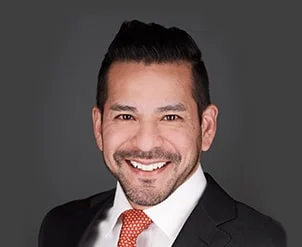Can Bankruptcy Protect My Indiana House?

Some people think the foreclosure crisis ended around 2010. But that’s not true. Every quarter, 250,000 families go into foreclosure.
Many of these borrowers turn to the bank for relief. Technically, relief like a mortgage modification is usually available. But the bank typically drags out the application process for several months, only to deny the borrower in the end, often on an obscure technicality like an unacceptable debt-to-income ratio. Since the bank does not accept installment payments once a property enters the foreclosure process, the homeowner is even further behind at this point. Other relief might be available as well, perhaps through the Fair Debt Collection Practices Act. But the Supreme Court has diluted many of the FDCPA’s consumer protections.
Chapter 13 bankruptcy is a much better option. As outlined below, only bankruptcy immediately stops foreclosure, usually without a hearing. Additionally, an attorney can help debtors take advantage of some little-known loopholes and make their homes easier to afford in the long run.
Automatic Stay
Generally, Section 362 of the Bankruptcy Code takes effect as soon as debtors file their voluntary petitions. This provision immediately halts creditor adverse actions, such as:
- Foreclosure,
- Wage garnishment,
- Harassing phone calls,
- Repossession, and
- Collection lawsuits.
In most cases, the Automatic Stay remains in force for up to five years. That sixty-month period gives homeowners plenty of time to gradually erase mortgage delinquency and other secured debt delinquency. Creditors must wait patiently for their money. Judges typically only allow banks to bypass the Automatic Stay if the debtor makes an immediate and credible threat to the collateral.
Amount of delinquency is usually irrelevant. The debtor could be $20,000 behind, and as long as the debtor timely eliminates that delinquency, the bank cannot complain.
Lien Elimination
There are also some advanced options in a Chapter 13. Do-it-yourself filers are often unaware of these options. Bankruptcy petition preparers cannot help debtors take advantage of them. Petition preparers can only fill out forms.
Many home values decline because of market conditions, and in some cases, the drop is dramatic. If that happened, lien stripping might be available. Assume Margaret bought her $200,000 home with an 80/20 mortgage (a $160,000 senior lien and a $40,000 junior lien). If her home’s value has dropped to $160,000 it is not high enough to secure both liens. Therefore, the junior lien becomes a dischargeable unsecured debt. Margaret does not have to pay it.
Cramming is a similar option. Assume Margaret has another $110,000 to pay on the note, but the house is only worth $160,000. If she pays an additional $50,000 before the protected repayment period ends, the judge could force the bank to tear up the note. Because she paid its current fair market value, Margaret would own the house free and clear.
Count on Experienced Lawyers
Bankruptcy protects your house in the short and long runs. For a free consultation with an experienced Chicago bankruptcy lawyer, contact the Bentz Holguin Law Firm, LLC. We routinely handle matters in Indiana and Illinois.
Resource:
fdic.gov/about/comein/files/foreclosure_statistics.pdf
https://bentzholguinlaw.com/can-i-file-bankruptcy-on-student-loans-2/


